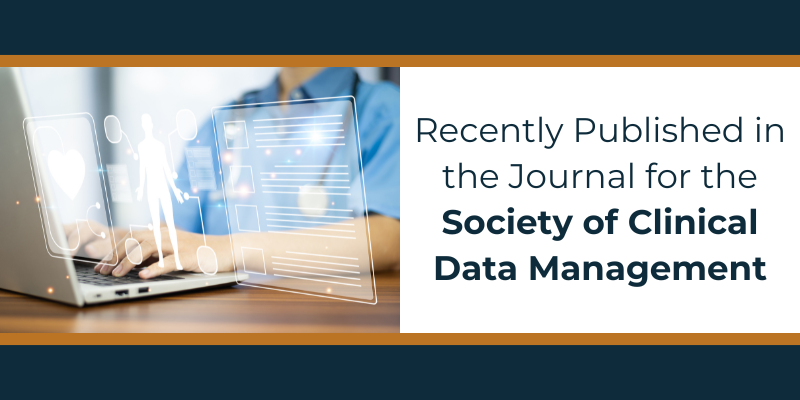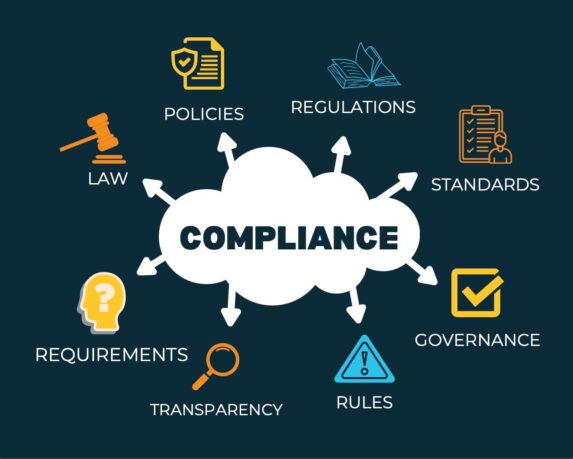eSource makes the eCRF reliable, accurate and timely

Bridging the gap
eSource is the bridge between the protocol and the eCRF fields. To understand why, we need to understand what each does.
The protocol describes the purpose of the study, the core hypotheses, the endpoints that are to be collected, and the resulting procedures to be performed to support those endpoints. The eCRF then translates a subset of those endpoints (i.e., the ones collected by the research site) into target data fields to be completed by site personnel.
While the eCRF is a distillation of the key fields required for analysis, it does not cover all the specifications of the protocol. This is because the protocol specifies not only the target endpoints, but also the workflows that support those endpoints.
For instance, the protocol may specify that vitals are to be taken when the patient has been in sitting position for 5 minutes, and that the same arm is to be used throughout. These specifications ensure that blood pressure readings are done in a consistent manner, so that measurements can be compared across time, with less risk of confounding factors.
However, the eCRF usually includes only the diastolic and systolic measurements, and excludes those other data points regarding how the vitals were taken. Instead, those data fields are usually captured by research sites on their source forms, with subsequent review by the CRA to ensure compliance.
eSource – Critical to following the protocol
This is where eSource comes in. eSource translates the protocol into an actionable, logically sequenced series of visits and procedures that serve as a workflow tool for the research team. For instance, well written eSource will contain detailed and pop-up instructions to clarify requirements; branching logic to guide the team down the appropriate workflow path; and alerts and edit checks not only to flag inappropriate values but also action items, such as the need to re-educate patients or to document deviations.
eSource, therefore, is critical to ensure that sites are following the protocol, capturing not just the data necessary to populate the eCRF’s, but also ensuring that the data is captured in the manner the protocol requires. From a data management perspective, eSource makes the eCRF data reliable, in that the data is meaningful and comparable across sites and subjects. This is different, and in addition to, the data being accurate and contemporaneous.
Introducing the CRIO Model – CRIO eSource/EDC
With either CRIO’s eSource/EDC all-in-one solution or with our eSource to EDC integration (where CRIO’s eSource automatically populates the eCRF fields directly into the EDC), we give data managers immediate access to the data, with no need for data transcription by the sites into EDC or for manual source data verification.
Thus, eSource is a very powerful lever for sponsors. It enforces protocol compliance and makes the data in EDC Attributable, Legible, Contemporaneous, Original, and Accurate (ALCOA) – the gold standard for clinical data.
Discover CRIO eSource/EDC.




